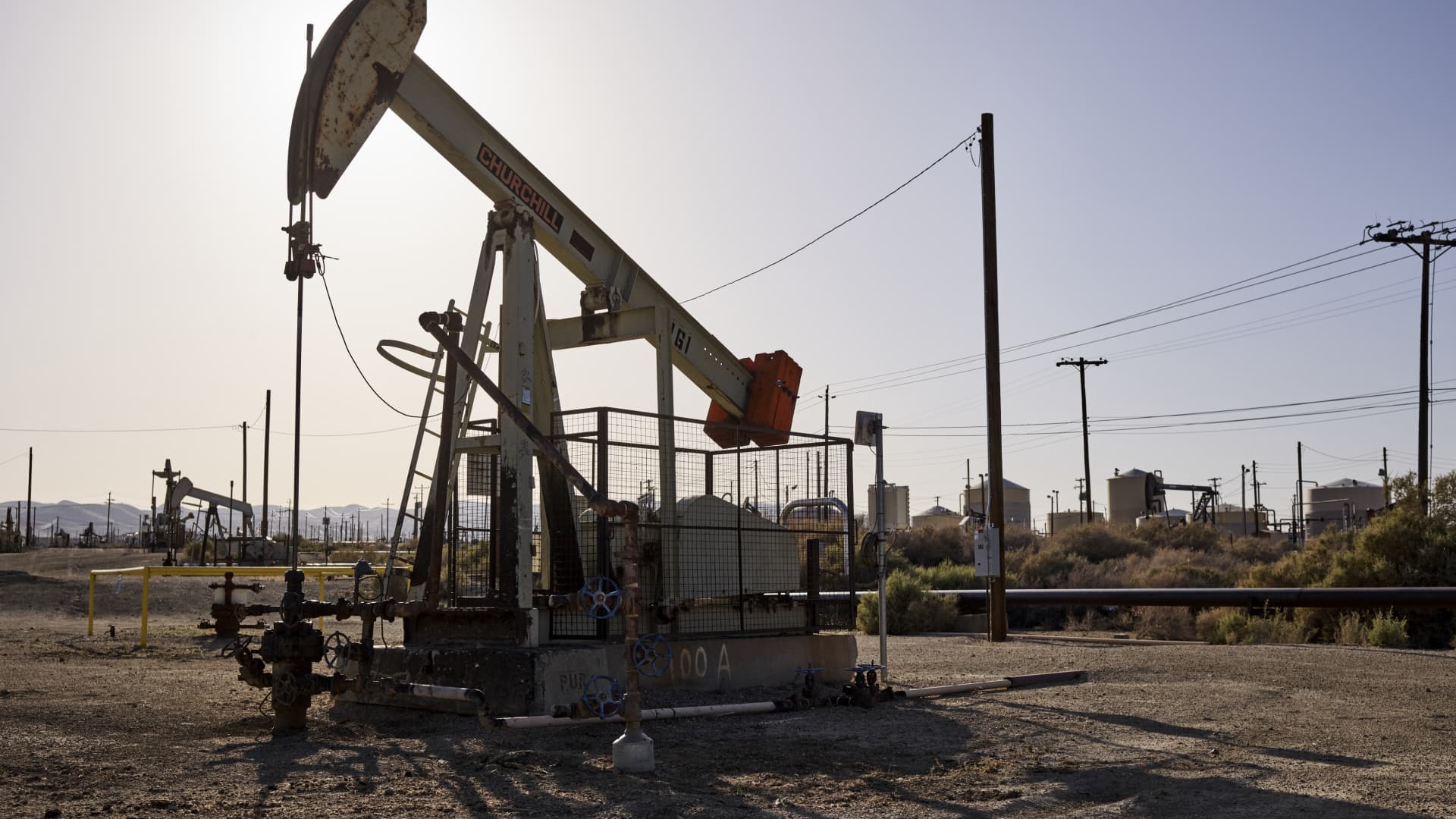Energy
Thursday, September 8th, 2022 9:00 am EDT
The local news outlet TV2 Østjylland reports that at the Vestas headquarters in Aarhus, Denmark, the country’s largest grid battery has been deployed, and it’s about time.

Photo by Jesper Berggreen
Denmark is known in the world for being a first mover in renewable energy, and every day for more than 10 years I have passed the wind turbine manufacturer Vestas headquarters on my commute to work, and I have always noted how many electric vehicles the company had parked out front. Needless to say the number of EVs have risen dramatically at the company parking lot in recent years.
Today I realized something new was going on. Structures I had thought to be crude storage containers were actually a high tech first in the whole country. A megawatt-scale grid battery storage system. Hidden in plain sight.
The battery charges from the mains, and with a newly developed software, the battery digitally synchronizes with specific Vestas wind turbines, thus ensuring that it only charges when the wind turbines are producing power. The electricity generated from the Vestas test turbines in Østerild find its way cross country to this site.
The battery system was developed in-house by the Vestas Storage and Energy Solutions team and has a capacity of 2.3 MWh, which makes it Denmark’s largest battery, but hopefully not for long. No details on the chemistry is available at this point. Compared to systems like the 190 MWh Hornsdale Power Reserve in Australia and the 1,600 MWh Moss Landing Energy Storage Facility in California, this system is puny, but it’s a start.
For Vestas to keep flexing its wind muscles and keep its lead in the business, it’s crucial that batteries become integrated in the intermittent nature of a primarily wind turbine-based infrastructure backbone as found in Denmark, and increasingly so in other countries. Almost half of all electricity supply in Denmark is from wind.
Presumably Vestas has been working hard behind the scenes on the hardware and software components, while waiting for battery prices to come down, and now is apparently the time to make that first public appearance, with an intent of getting the ball rolling at a larger scale, no doubt. This battery in particular is more or less a proof of concept. In working hours Vestas staff can charge their EVs at a connected enel X charge point. After business hours, the charge point is open to the public.

Photo by Jesper Berggreen
The goal is for the company’s entire vehicle fleet to be electric by 2025. Each day, the battery will be charged with electricity from wind turbines equivalent to the amount it would require to drive 11,500 pure electric km (7,145 miles).
Henrik Andersen, CEO of Vestas, says to TV2 Østjylland: “Battery solutions is not in itself a new technology for us. The great thing about this milestone is that we now have a working system that can let the power flow from our wind turbines directly to the batteries and from there into cars.” And he elaborates: “The energy situation is in a state of crisis, so energy systems must try to balance supply all the time, preferably 24 hours a day, and this solution can contribute to that.”
Indeed, let’s hope this is the start of a very steep deployment curve of battery storage, not only in Denmark, but in the rest of the world. As I write this, Russia has shut off gas supplies, and we must end this global war on energy once and for all. I realize that the current renewable energy supply is not near enough to take the place of fossils yet, but we have to try and accelerate the inevitable sustainable solutions. Future energy abundance is a thing. It is not a pipe dream.
Appreciate CleanTechnica’s originality and cleantech news coverage? Consider becoming a CleanTechnica Member, Supporter, Technician, or Ambassador — or a patron on Patreon.
Don’t want to miss a cleantech story? Sign up for daily news updates from CleanTechnica on email. Or follow us on Google News!
Have a tip for CleanTechnica, want to advertise, or want to suggest a guest for our CleanTech Talk podcast? Contact us here.
Advertisement
This post has been syndicated from a third-party source. View the original article here.




